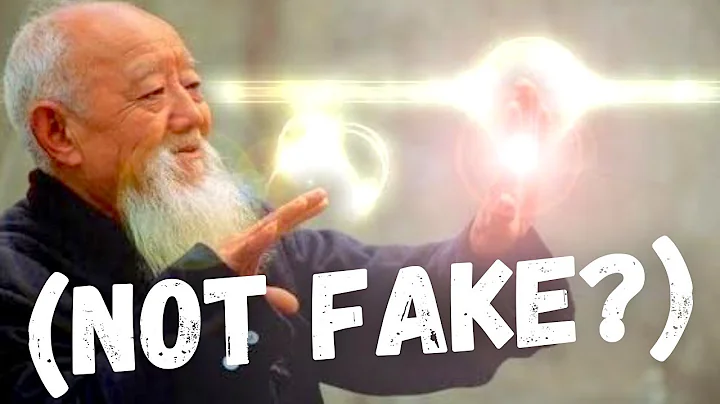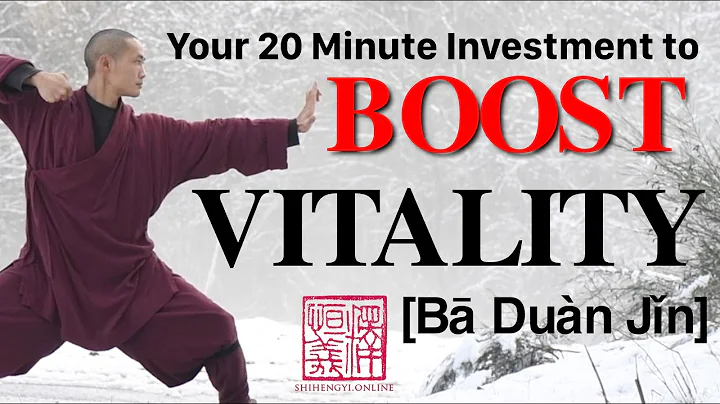Although the term "anti-rotation" has recently become a buzzword in the industry, anti-rotation core exercises can be used to integrate multiple trainings to help improve core stability.
You may have involved a lot of "core anti-rotation" movements in your training, but you have not really and systematically understood this function. This article will give a detailed overview of the core anti-rotation training and its principles, and recommend some training core anti-rotation actions.

What is the core anti-rotation training?
As the name implies: ‘’ anti-rotation training refers to the rotation of the trunk and spine against external forces and maintain stable training . "
Michael Piercy said that he is IDEA 2017 Personal Trainer of the Year.
With this in mind, the goal of core anti-rotation training is even when there is resistance or external force causing the torso to rotate. To maintain a stable core throughout the training process .

"Anti-rotation training means applying asymmetrical and unbalanced force or load on the body to promote muscle and Organizational stability. "Pete McCall said.
"Like many other sports, core anti-rotation exercise is about deep core muscles that can stabilize from the inside out. The deep core muscles will be naturally activated and complete contraction before your action starts, ready for the next action. As customers progress in core stability and strength, anti-rotational motion can take many forms, from basic simple to complex and multi-planar. ”

It may look like a very subtle movement, such as lowering the knee to the side of the body when lying on the back and keeping the pelvis in a neutral position when retracted.” Richey said, “ Or full-body dynamic exercises. For example, after jumping and falling, athletes can resist the external force exerted by the coach from different angles and still maintain their ready-to-exercise posture.”
Why choose anti-rotation training
“Basic anti-rotation exercise The idea is that proximal stabilization promotes distal flexibility" Piercy said, "This means that we need to be able to effectively stabilize the centerline of the body before we can effectively use our limbs."
McCall added, "The role of anti-rotation training is to improve Muscle coordination and strength in the horizontal plane (longitudinal rotation axis)". "We need to practice spinning because we need to rotate in life, and it is always important to build a solid foundation." Montpetit-Huynh said.

Our body structure can complete rotation, so why do we need to practice anti-rotation? Because effectively stabilizing, controlling and managing your core is a prerequisite for rotating movements.
Some customers in the gym can quickly progress to dynamic training, while others need longer time to train their basic core strength. Personal trainers should confirm that the client has sufficient core strength before proceeding.

Since anti-rotation training does not impose a large moment on the spine (such as the force of rotation), anti-rotation training can bring benefits to many types of customers, as follows Customers with back pain, customers with spinal problems and injuries, and new mothers with rectus abdominis separation due to pregnancy.
Core anti-rotation training
The two recommended trainings below show the basic to advanced anti-rotation training.
Static core anti-rotation
■Stand naturally or maintain a sitting position
■Apply an external force from the side with elastic rope or rope weight
■Hold the elastic rope or rope handle with both hands, straighten your arms forward to ensure that the anchor point is at chest height
■Adjust the distance from the fixed resistance to maintain a certain tension
■Maintain the core force In order to resist this force to the side, to complete the training of the anti-rotation function

Dynamic anti-rotation
■Use The rope or elastic band exerts an external resistance
■Standing/kneeling/sitting in front of the anchor point
■Adjust the distance from the fixed resistance to maintain a certain tension
■To increase the stability of the movement A series of dynamic movements of sexual interference (such as upper or lower limb movements)
■Avoid rotating the torso during the completion of the dynamic movement



—END—






![Core Exercises for Golfers: Anti-Rotation [WWH] - DayDayNews](https://i.ytimg.com/vi/rewbmeb6v44/hq720.jpg?sqp=-oaymwEcCNAFEJQDSFfyq4qpAw4IARUAAIhCGAFwAcABBg==&rs=AOn4CLCb_PoMKK1dAVOg2OucFvUP3DWAoA)














